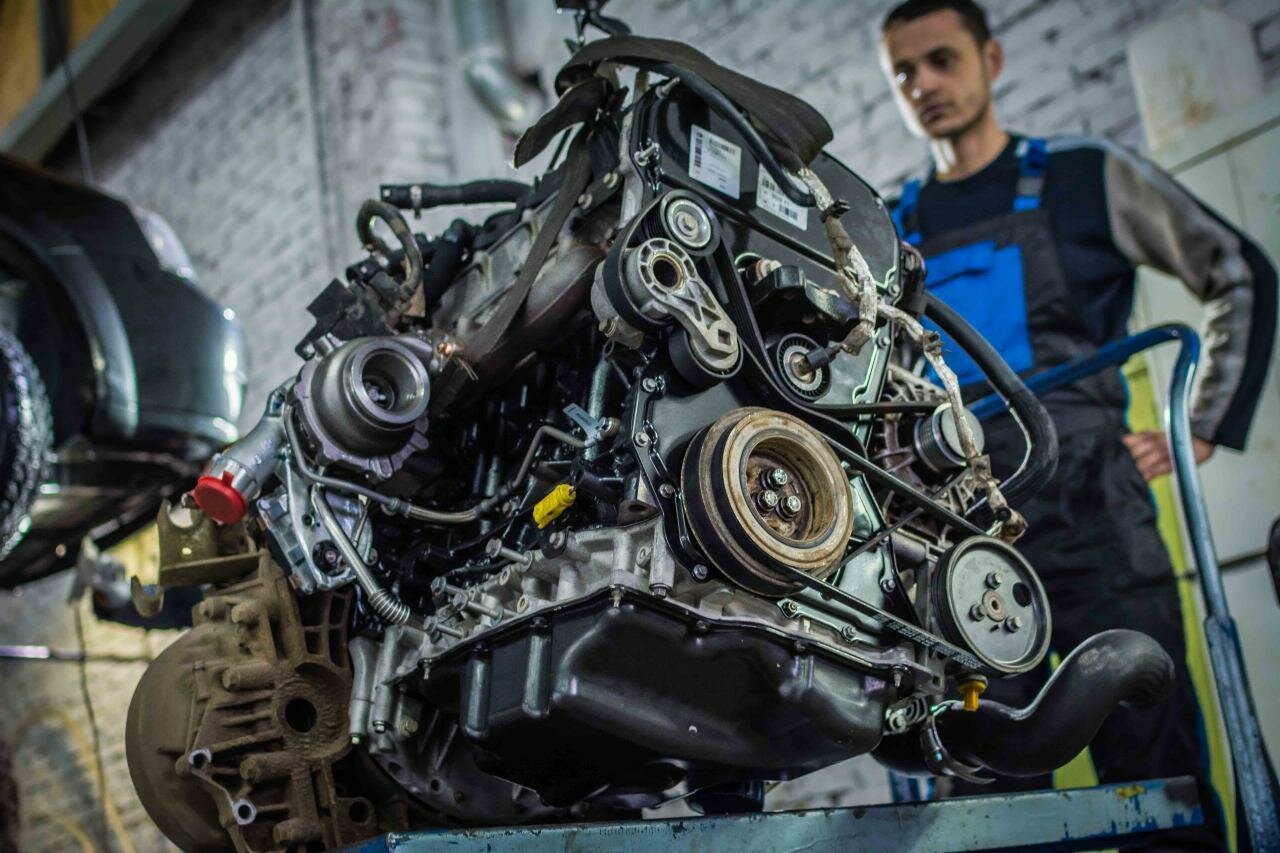BMW M5 V10 Engine: A Brief Overview
The BMW M5 has long been a benchmark in the world of high-performance sedans, known for its blend of luxury, speed, and cutting-edge technology. The E60 generation, produced from 2005 to 2010, marked a significant evolution in the M5 lineage, introducing the powerful V10 engine that would become both legendary and infamous. This engine, designated the S85, was a departure from the previous V8 configurations, boasting a staggering 500 horsepower and a thrilling 0-60 mph time of just 4.1 seconds.
The V10 engine was celebrated for its high-revving nature and exhilarating performance, making the E60 M5 a favorite among enthusiasts and a formidable competitor on the track. However, this engineering marvel was not without its flaws. As the years went by, owners began to report a range of issues that tarnished the reputation of what was once considered the ultimate driving machine.
The Allure and the Pitfalls
While the E60 M5’s V10 engine was a technological triumph, it also came with a host of problems that would leave many owners frustrated. The allure of raw power and precision engineering was often overshadowed by costly repairs and maintenance headaches. Understanding these issues is crucial for potential buyers and current owners alike, as the V10 engine’s problems can significantly impact the ownership experience.
In this article, we will delve into the common problems associated with the BMW M5 V10 engine, examining the root causes and implications for safety and performance. Whether you’re a seasoned M5 enthusiast or considering purchasing one, being informed about these issues is essential for making sound decisions regarding maintenance and ownership.
Common BMW M5 V10 Engine Problems
The BMW M5 V10 engine, while a marvel of engineering, is notorious for a variety of issues that can plague owners. Understanding these problems is essential for anyone considering ownership or currently driving an E60 M5. Below, we will explore the most common issues associated with the V10 engine, their causes, and the implications for performance and reliability.
1. Vanos System Failures
One of the most significant problems with the BMW M5 V10 engine is the failure of the Vanos system. The Vanos system is responsible for variable valve timing, which optimizes engine performance across different RPM ranges.
-Symptoms:
– Rough idling
– Loss of power
– Check engine light activation
-Causes:
– Wear and tear of the Vanos solenoids
– Oil leaks affecting the system
2. Throttle Actuator Issues
Another common problem is the failure of the throttle actuators. These components control the airflow into the engine and are crucial for maintaining optimal performance.
-Symptoms:
– Sudden loss of power
– Erratic acceleration
– Engine warning lights
-Causes:
– Electrical failures
– Mechanical wear over time
3. Rod Bearing Failures
Rod bearings are critical for the engine’s longevity, and failures in this area can lead to catastrophic engine damage.
-Symptoms:
– Knocking noise from the engine
– Oil pressure warning lights
– Decreased performance
-Causes:
– Insufficient lubrication
– Manufacturing defects
4. Oil Leaks
Oil leaks are a common issue with the V10 engine, often stemming from various gaskets and seals that degrade over time.
-Symptoms:
– Visible oil spots under the vehicle
– Low oil levels
– Burning oil smell
Top views |
|
|---|---|
 |
Oil, Timing Chains, Pistons: What Really Kills an Engine Prematurely? |
 |
How to Choose a Car with a Reliable Engine: Used Car Market Hacks That Actually Work |
-Causes:
– Aging gaskets
– Poor maintenance practices
5. Cooling System Failures
The cooling system is vital for maintaining optimal engine temperatures. Failures in this system can lead to overheating and severe engine damage.
-Symptoms:
– Overheating engine
– Coolant leaks
– Steam from the engine bay
-Causes:
– Failed water pumps
– Deteriorated hoses
Symptoms and Consequences
Understanding the symptoms associated with these problems is crucial for early detection and prevention of further damage. Below is a table summarizing the common symptoms and their potential consequences.
| Symptom | Possible Consequence |
|---|---|
| Rough idling | Potential engine failure |
| Loss of power | Increased wear on engine components |
| Knocking noise | Severe engine damage |
| Oil leaks | Engine overheating |
| Overheating engine | Complete engine failure |
The BMW M5 V10 engine’s reputation is a double-edged sword. While it delivers exhilarating performance, the associated problems can lead to significant headaches for owners. Being aware of these issues is essential for anyone looking to own or maintain this high-performance sedan.




0 Comments